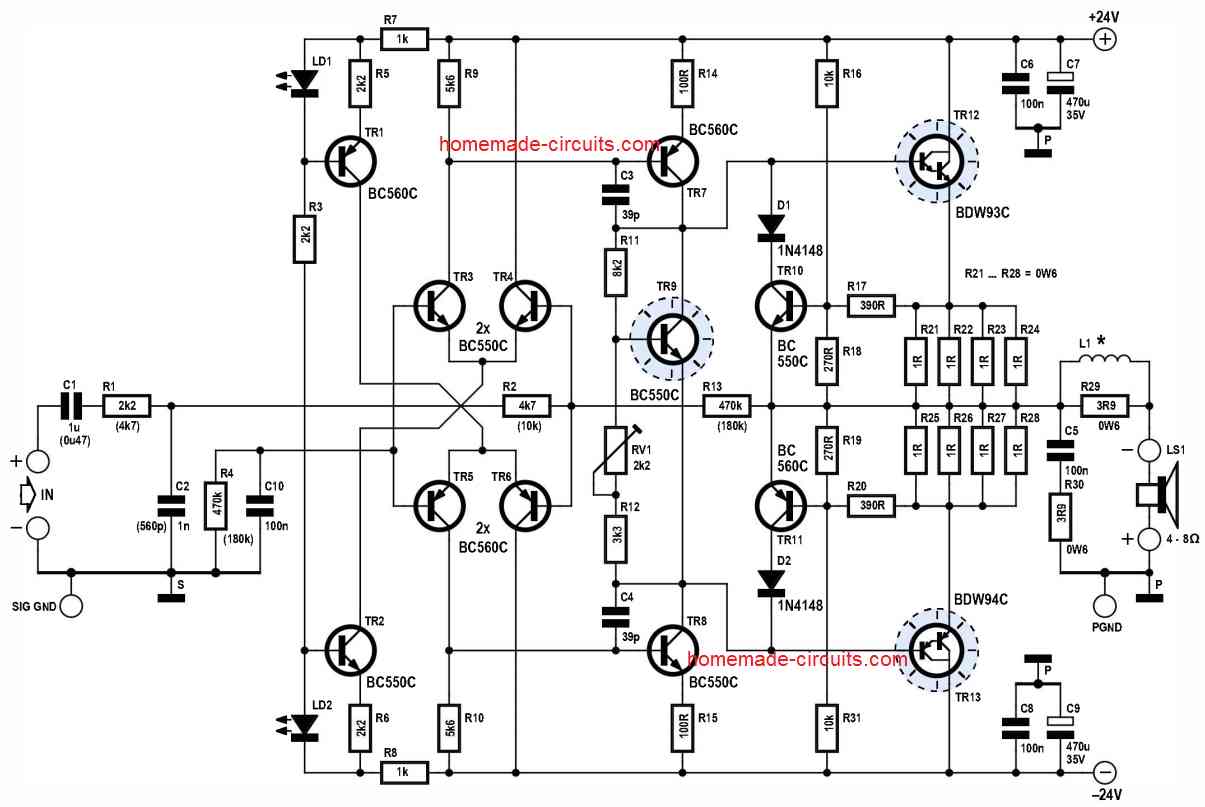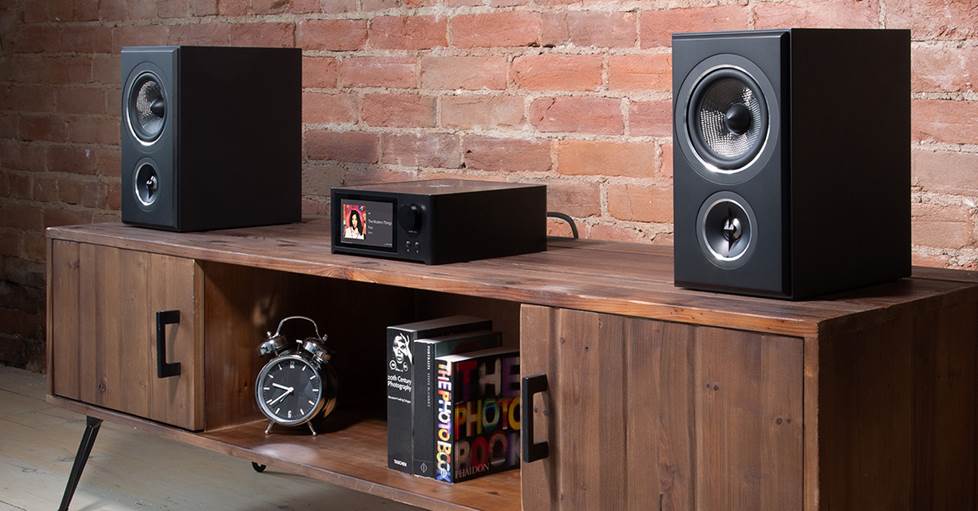If you’ve ever shopped for an amplifier or tried to match speakers to an amp, you’ve probably seen power ratings like
“50W RMS” or “100 watts per channel” and wondered what they actually mean. Wattage is one of those specs that sounds technical,
but once you understand the basics, it’s incredibly useful for picking gear that behaves the way you expect.
This guide explains amplifier wattage in plain language, shows why it matters, and gives practical examples to help you choose.
Affiliate Disclosure: AmplifierZone is reader-supported. As an Amazon Associate, we may earn commissions from qualifying purchases at no extra cost to you.
Why amplifier wattage matters (and what it actually measures)
“Wattage” on an amplifier ultimately describes how much electrical power the amp can deliver to your speakers. In practical terms,
that power determines how loud the amp can drive a speaker before distortion or clipping becomes a problem. More wattage = more
clean volume and headroom — but it’s not the whole story, and more watts don’t necessarily mean better sound.
Two quick notes before we dig deeper:
- Watt = unit of power. The amplifier converts electrical energy into the acoustic energy your speakers make.
- Wattage ratings vary by measurement method. Look for RMS or “continuous” power ratings rather than peak values — RMS is the meaningful number for real listening.

RMS vs peak wattage — what should you trust?
Manufacturers sometimes publish several power numbers. The two most common are:
- Peak power: the maximum short burst the amp might produce. Often marketing-driven and not useful for normal listening.
- RMS (continuous) power: the realistic, continuous power the amp can provide into a specified load (usually 8 Ω or 4 Ω). This is the number you should use when comparing amplifiers.
When you see “50W RMS into 8Ω,” that means the amp can deliver 50 watts of continuous power to an 8-ohm speaker without significant distortion.
For a deeper explanation of RMS and how it’s measured, check this breakdown by SoundGuys.
How wattage relates to loudness (and why watts aren’t everything)
People often think more watts = much louder sound, but loudness perception is logarithmic. Doubling the electrical power gives you a perceived increase
of roughly 3 dB — a noticeable but not dramatic jump. For a clearly louder sound, you often need 10× the power to gain about 10 dB.
Quick example (power to dB) — step-by-step:
- Start with 10W and 100W — the ratio is 100 / 10 = 10.
- Convert ratio to decibels:
10 × log10(100 / 10) = 10 × log10(10). log10(10) = 1, so the result is10 × 1 = 10 dB.
So 100W is 10 dB louder (perceived) than 10W — which is a significant increase, but it’s not a 10× perceived volume change because our ears respond logarithmically.
Voltage, resistance and power — the basic math (clear, step-by-step)
Electrical power delivered to a speaker depends on voltage and the speaker’s impedance (resistance). The core formulas are:
- P = V × I (power = voltage × current)
- P = V² / R (power = voltage squared divided by resistance)
- P = I² × R (power = current squared times resistance)
These are equivalent — choose whichever is easiest for the example you need.
Example: What RMS voltage do you need for 100 W into 8 Ω?
We’ll use P = V² / R and solve for V.
- Step 1: Multiply power by resistance:
P × R = 100 × 8 = 800. - Step 2: Take the square root:
V = √800. - Step 3: Calculate √800. Digit by digit: 800 = 8 × 100, √800 = √8 × √100 = 2.8284271247 × 10 ≈ 28.2843 V (RMS).
- Step 4: Current then is
I = V / R = 28.2843 / 8 ≈ 3.5355 A.
So to deliver 100 W into an 8 Ω speaker continuously, the amp must supply roughly 28.28 V RMS across the speaker and about 3.54 A of current.
To explore more about power and impedance, see this great article on impedance and audio power.
Headroom: why more watts help with dynamics
Headroom is the buffer between the average listening level and the amplifier’s maximum clean power. Music has peaks — a cymbal crash, an orchestral swell, a loud chorus — and if your amp doesn’t have headroom, those peaks will clip. Clipping causes audible distortion and can damage speakers.
Practical rule of thumb:
- For most small rooms and bookshelf speakers, an amp rated at least double the speaker’s recommended continuous power gives comfortable headroom.
- Example: If speakers are rated for 20–80 W, pairing them with a 50–100 W amp gives cleaner dynamics and safer peaks than a 20 W amp.
Sensitivity & impedance — the other half of the equation
Wattage interacts with speaker sensitivity (how loud a speaker is for a given input) and impedance. Sensitivity is usually measured in dB SPL at 1W/1m — a higher number means the speaker plays louder with less power.
Example quick comparisons:
- Speaker A sensitivity = 86 dB @ 1W/1m
- Speaker B sensitivity = 92 dB @ 1W/1m
Speaker B will sound significantly louder at the same amplifier power. In fact, a 6 dB difference means Speaker B is ~4× more powerful in terms of required electrical power to match loudness (because every 3 dB is a doubling of power).
Practical examples — picking an amp for your room
Scenario 1: Small apartment listening (solo use)
If you mostly listen quietly and live in a small room, a modest amp (20–50 W per channel into 8 Ω) paired with efficient speakers (≥88–90 dB sensitivity) is enough.
Scenario 2: Living room, movies and casual parties
For bigger rooms or occasional louder listening, aim higher: 75–150 W per channel gives extra headroom and cleaner dynamics, especially with speakers around 86–88 dB sensitivity.
Scenario 3: Dedicated audiophile setup
If you want fast transients, deep bass control, and low distortion at high SPLs, consider amps in the 100–300 W range and match them to speaker specs and room acoustics carefully.
Safety & speaker protection — why “more watts” can be safer
Ironically, an underpowered amp pushed into clipping can damage speakers more easily than a higher-powered, well-controlled amp. Clipping creates extra distortion and DC-like content that can overheat speaker drivers. So:
- Amp with sufficient wattage + good gain control = safer, cleaner listening.
- Use fuses, keep an eye on distortion, and don’t crank an underpowered amp to the max for long periods.
Common mistakes people make when interpreting wattage
- Comparing peak to RMS: Don’t compare a 100W peak amp to a 50W RMS amp — the RMS number is the meaningful comparison.
- Ignoring sensitivity: A 50W amp with a 92 dB speaker can sound louder than a 200W amp with an 86 dB speaker.
- Assuming more watts = better sound: Wattage helps with headroom and control, but tonal quality depends on amp design, speaker match, and room acoustics.
Quick reference cheat-sheet
- Small rooms / solo listening: 20–50 W/channel + efficient speakers (≥88 dB)
- Average living rooms: 50–120 W/channel
- Large rooms / parties: 120–300 W/channel
- Rule of thumb: Aim for ~2× speaker rated power to secure headroom
Further reading & internal links
Want to match an amp to actual speakers? See our step-by-step guide: How to match your amplifier to your speakers.
For quick product recommendations, check our roundup: Best amplifier under $1,000.
Browse more beginner how-tos in our How-To & Tutorials section.

